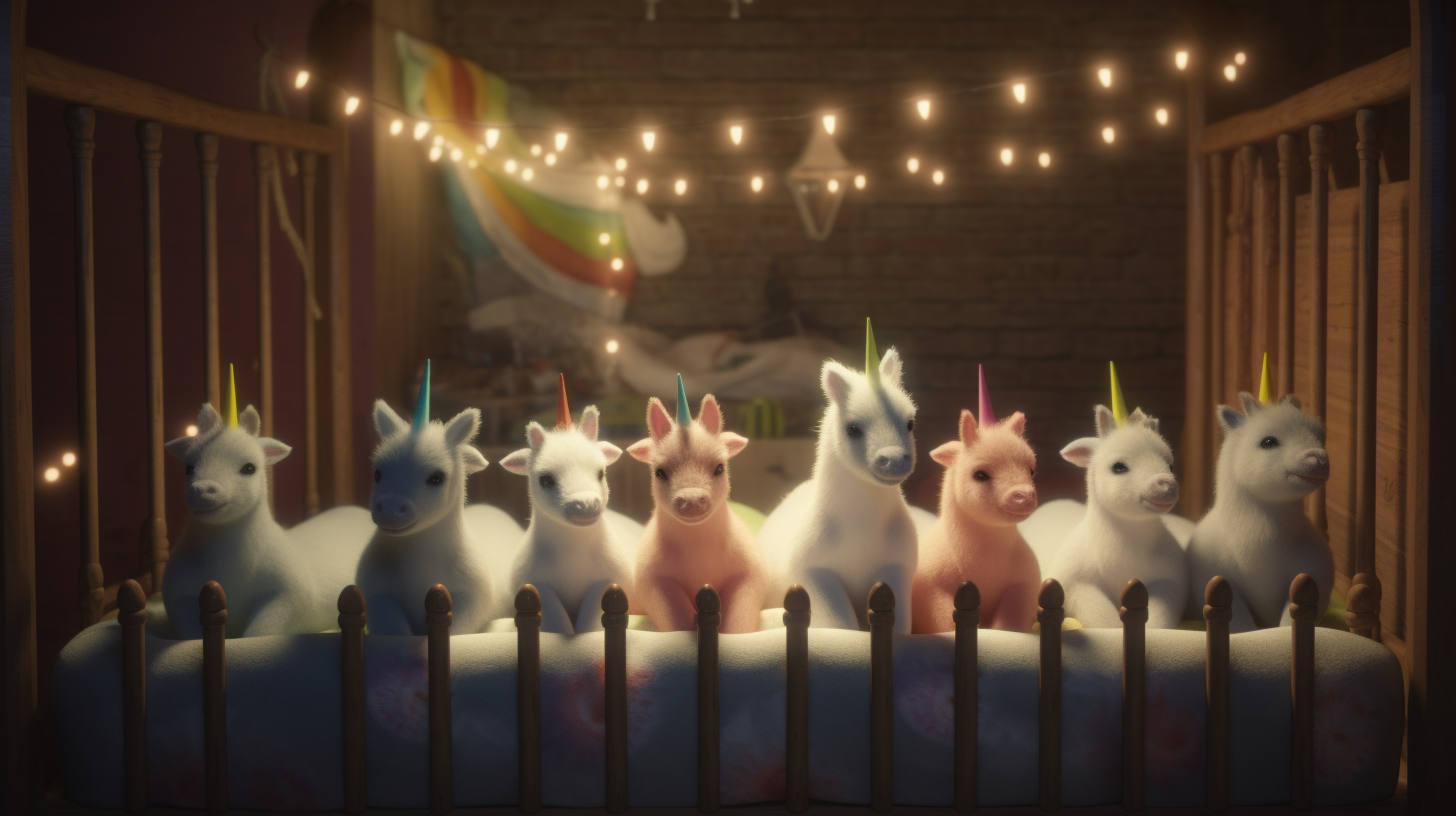Web3 Gaming Mechanics Pt 2: The Breeding Game

As we explore the mechanics of successful web3 gaming, another exciting model has emerged: the "Breeding Game". In this model, games have devised a complex (and sometimes opaque) method for two tokens to breed a third one.
The Excitement of Breeding
Breeding isn't a new concept in the realm of crypto NFTs. CryptoKitties gave birth to this (so to speak) in 2017. The craze quickly fizzled out as Kitties were only valued for their rarity which went away with unlimited breeding. However, the breeding model in web3 gaming has evolved into a captivating combination of control, luck, and anticipation.
In games like CryptoUnicorns, ZED.run, and The Red Village, players spend hours delving into the minutiae of breeding data (the performance or DNA of the parents and ancestors) and how they combine to create a new token. It’s like opening a new pack of game cards where a player has some control over what's inside the pack. It combines the thrill of unwrapping a new pack with the gratification of seeing your hard work pay off.
The Business of Breeding
Breeding also presents one of the most viable web3 business models as for creators it is basically like an endless mint where players participate in the mint selection. The best breeding dynamics involve some player strategy, a dash of randomness in outcomes, and a high variety of outcomes, including the occasional super outlier.
Some games, like The Red Village, add a fun “Twin” moment - where every once in a while, you get two offspring instead of one, becoming a shareable moment that adds to the excitement and community engagement.
Balancing Strategy and Randomness and Web3
As with any game, finding the right mix is key. Too much determinism or an overly simplified strategy can quickly turn a game into one where the winners are limited to those who pay the most. On the other hand, excessive randomness can lead players to believe it's purely a game of chance. But if you strike the right balance, players will continue to invest time and resources in breeding strategies, always hoping that their unique approach pays off.
Breeding is well suited to web3 where players can build out strategies to breed and sell offspring or sell future offspring in stud and mare farms. Breeding can also add value to existing tokens which may be great breeders but not playable. Without the openness of Web3, breeding can still happen but it would be much more limiting.
The Side Effects of Breeding
While the breeding model is exciting, it does come with its own set of challenges:
- Breeding can result in an endless number of tokens. However, games with breeding are working on innovative solutions to mitigate this. For example, CryptoUnicorns created ShadowCorns that will 'eat' the most useless unicorns.
- There's often a complaint that the floor price for breeding games is below the breeding price. This is inevitable when offspring have variability (i.e., some are good, and some are not as good). Poor-performing offspring (or tokens that are perceived as poor performing) will be priced significantly below the breeding price, and great-performing ones will be above. This happens naturally in the real world too where, for example, 10 common Magic: The Gathering (MTG) cards are worth far less than an unopened pack of 10. In the end, the average unused and “unknown” offspring price will align with the average estimated value across all offspring.
The web3 gaming space is continually evolving. To succeed against existing Web2 games, web3 games need to leverage their unique strengths and capabilities. The "Breeding Game" model is one clear demonstration of the potential in this new frontier. This model not only showcases the unique characteristics of web3 games but also enhances player engagement through its blend of strategy, randomness, and the joy of creation.